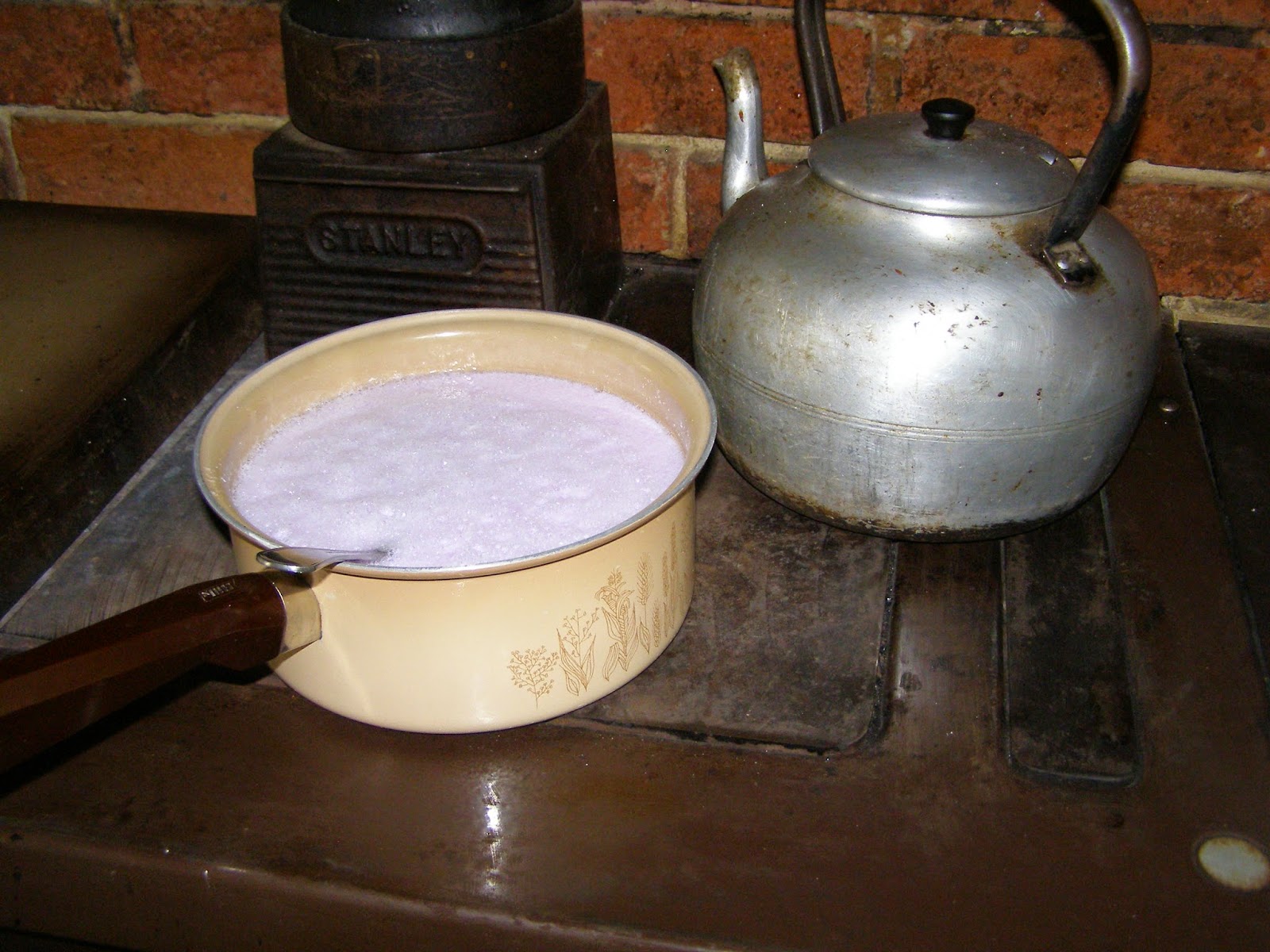You don't necessarily need to own a lot of land to be a farmer.
We started "farming" while we lived on half an acre.
If you look around your area you may find residential lots of eight or more acres. The residents are quite often looking for someone to put sheep or cattle onto their land to keep the grass down. We have more than a handful of such blocks and we make good use of them while saving our sixteen acre "home property" for the house cows, calving and lambing.
It goes without saying that respect must be shown to the landowners.
Caring for our stock and providing for their every need is our job, not that of the landowner.
We need to maintain the fences and manage the pasture well by not over grazing, so we always keep a close watch on both the stock and the land and move the stock before this happens. Where there is bare dirt you will always get weeds growing, not to mention a dust bowl.
Generally, the landowner will provide the necessary drinking water for the stock or an arrangement can be made.
Always notify the landowner when you plan to take your stock out. Always close gates and leave the property as you found it, or better still, leave it looking better and tidier.
Don't arrive early on a Sunday morning to feed or move your stock. Be professional and above all, be considerate.
He got stuck into "work" just as soon as he walked off the trailer and met his three new girlfriends. He will stay there for approximately ten weeks to be sure they are all in calf before we move him on to his next place of "work".
Now that the bull is out of the way, we brought home our young heifers from one of the other blocks that we have the use of and of course we notified the landowners a few days before.
The heifers are not ready to be mated so we needed to get Mulga-Bill away until they are old enough. Our general rule is to mate up heifers after they are fifteen months old. They need to be at least two years old before calving. Any younger than that and they are not grown sufficiently for the burden of pregnancy and birth.
Two trailer loads took care of Klaus, the twelve month old steer, and then the two heifers, Bubble and Lavender. They all loaded well with the help of their favorite treat, bread. No stress for them or us.
Klaus is on the menu for next month when the on-farm butcher will visit.
.JPG)
Klaus is ready for his journey and the portable yards still in place behind the trailer.
Heifers, Lavender and Bubble, on the next load.
Bella, Daisy, Willow, Klaus, Lavender & Bubble. Our little herd.
There was no thought of taking photos during the transportation of Mulga-Bill, but I did remember to snap some of the other cows during our moving and loading.
Lavender (now eleven months old) is a Jersey X Murray Grey heifer that we have raised to be our next house cow.
Today Brian started working on training her to learn the routine of being a milking cow. With gentle coaxing and working at her own pace, she will learn to walk into the milking parlor, eat chaff from the feeder while her head is held in the bales and accept being patted and handled. Started at this age and while she is small there will be no stress or bad experiences to remember when her time comes to be milked for the first time, after her first calf is born.
When people ask politely on a Friday afternoon "what plans for the weekend?" I shrug and try to come up with something exciting, but for us living "the good life" the reality is that there is work to be done every weekend. It's never ending, but to us it's always exciting.
We had our morning coffee sitting on the verandah overlooking the paddock with the cows all munching happily. By 10am we had achieved all the cattle movements and were ready for the next jobs on the list.
A large garden doesn't look after itself.
Some hives needed checking.
Lacto-fermented bread & freshly made butter for lunch.
.JPG)
.JPG)
.JPG)









